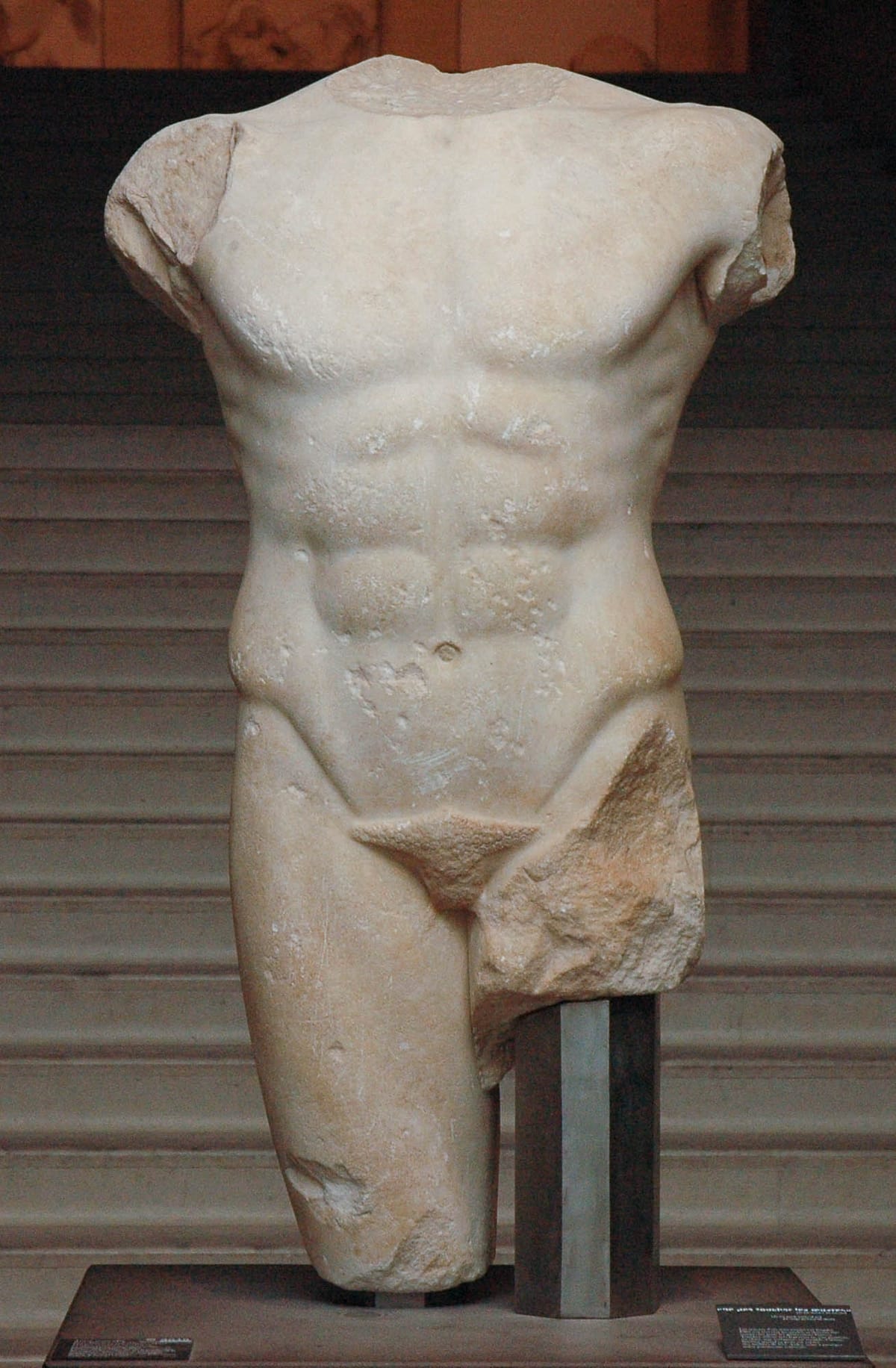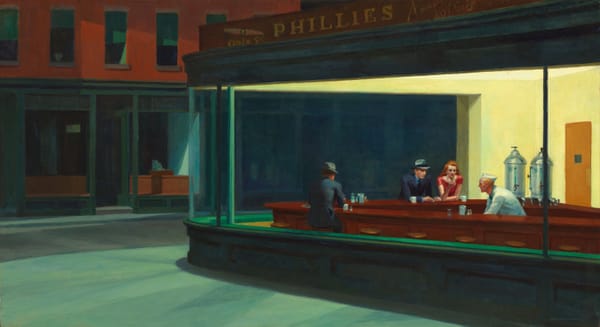The Archaic Torso of Apollo

The Archaic Torso of Apollo
We could not know his huge and noble head
With eyes grown apple-ripe. Yet even so,
His torso glows with a candelabrum’s glow
Wherein his gaze, though only faintly fed,
Is held and gleams. Or else that bulging breast
Could never blind you, nor a smile run there
In the tender twist of the loins to that center where
The spring of procreation hangs at rest.
Or else this stone would squat, disfigured, small,
Truncated under the shoulders’ lucid fall.
Nor would it shimmer like a wild beast’s hide--
Break forth at every point in star-sharp strife.
For there is no place here, on any side,
That does not see you. You must change your life.
Rainer Maria Rilke; translated from German by William Ruleman
My analysis of this poem:
This is one of my favorite poems by Rilke, for a number of reasons. It talks about Apollo, my favorite of the Greek gods. It focuses on the description of an object as a work of art and as a cultural artifact, representing a culture of the ancient world as well as an ethical call and reference to existential truth. It does not view the sculpture as something that is simply beautiful on the surface, but more of what it represents from within and the aura it exudes.
Importantly, in Greek culture Apollo was the patron of the Oracle of Delphi, the god of truth, and the soothsaying god who purportedly helped oracles tell the future and referenced in plays like The Odyssey and Oedipus Rex. Apollo was also the god of dreams, which to the Greeks held the potential of telling the future, and the god of sculpture, which represents himself here in the poem. He is also the god of appearance and images, which are seen in dream images or dream-like representations of objects, people, or ideas, for example.
To put things simply, my interpretation of the poem is that Apollo, the god of Truth, "shines from within" or "glows with a candelabrum’s glow" as the poem puts it. Light, particularly the sun, has often been associated with truth, for example in Socrates who associates the sun with knowing the true nature and essence of things. Truth is like a blinding light, and we on earth only see the shadows cast by it, or the dream-images, while the "idea" of a thing, or "the true, the good, and the beautiful" which form a oneness for the Greeks. The idea of the "Good" exists outside the material world, and is associated with God as the source of all truth and ethics in later Christian writings.
If we read it with this in mind, Apollo's essence in a way is calling us to our own best selves as it says with the striking ending, "For there is no place here, on any side, That does not see you. You must change your life." There is an ethical call at the end, perhaps calling us to be beholden to true to ourselves, true to God, or true to ethical ideals. Perhaps the light of God shines from within the image of Apollo, calling us to be responsible for ethical appeals, or perhaps it is the call of Conscience, which resides within ourselves and calls us to be true to ourselves and others.
This idea of the "revelation" is unique to modernist writing in particular, as people sought for meaning amidst chaos during and after the two world wars. The references to "sight" in the poem, or "With eyes grown apple-ripe" are also important to the poem as Apollo is associated with Oracles, and according to Socrates the sun and the "Good" are that which make sight possible, for example you couldn't see dream-images in life or anything at all without light. But with human eyes we cannot or we can only strain to see the brightness of Truth itself, which shines greatly like the sun outside of the material realm.
Dionysus is often contrasted with Apollo by Nietzsche, a German Philosopher who associated Dionysus with something similar to the "Good" for Plato. I'm introducing Apollo here to lead into the next article on this blog. Dionysus represents the pessimist's version of the "Good", he is associated with wine and drunkenness, music, animals, instic

